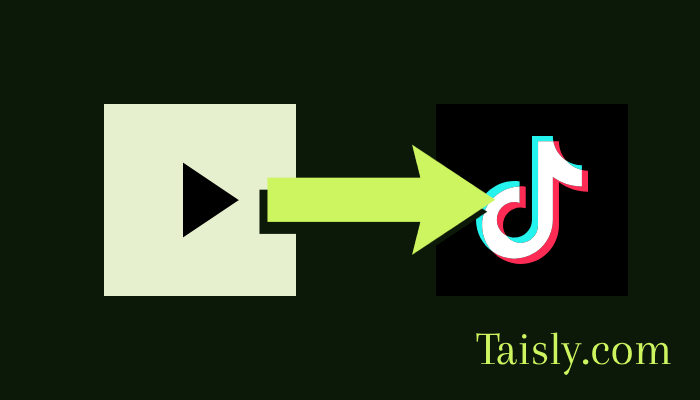
YouTube Upload Limit
If you're integrating YouTube uploads into your platform or automating video publishing with the YouTube Data API, you may hit a frustrating wall:
The user has exceeded the number of videos they may upload
At first glance, this error might sound like a quota issue from the API side-but it’s not.
This post breaks down the real cause of the error, how it differs from the YouTube API quota, and what you can do about it.
🧠 The Problem: YouTube Account Upload Limit
When developers see this error response from the YouTube Data API, the first instinct is to check their API quota on the Google Cloud Console. But if your quota usage looks fine and the error persists, you're likely dealing with the per-account daily upload limit enforced by YouTube-not an API limitation.
This is commonly referred to as the YouTube channel upload cap.
🚫 API Quota vs Account Upload Limit
Let’s clarify the difference between the two:
| Limit Type | Description | Limit |
|---|---|---|
| API Quota | Based on daily unit usage for API calls (e.g., uploads = 1600 units each) | Default 10,000 units/day |
| Account Upload Limit | Hard cap on how many videos a channel can upload in 24 hours | ~15 videos/day (varies) |
If you're hitting the error even though your quota isn't maxed out, it's the account limit stopping you.
🤔 Why Does This Limit Exist?
YouTube uses this limit to prevent spam and abuse, especially from:
- New or unverified accounts
- Accounts with community guideline strikes
- Automated systems pushing too many uploads in a short time
The limit is applied per YouTube channel, regardless of whether uploads are done manually or via API (OAuth, service accounts, etc.).
⚠️ The Error in the Wild
Here’s the exact error message many developers see when uploading via the YouTube API:
{
"error": {
"code": 403,
"message": "The user has exceeded the number of videos they may upload.",
"errors": [
{
"message": "The user has exceeded the number of videos they may upload.",
"domain": "youtube.video",
"reason": "uploadLimitExceeded"
}
]
}
}
This isn’t something you can solve by switching API keys or increasing quota-it’s tied to the channel, not your API project.
✅ How to Fix or Avoid It
1. Wait It Out
This is a rolling 24-hour limit. Most accounts reset naturally after a day. If you don’t need to upload urgently, simply delay and retry.
2. Verify Your YouTube Channel
Unverified or low-trust accounts typically have stricter upload limits. Go to youtube.com/verify to improve trust.
3. Split Uploads Across Channels
If your platform supports multi-channel uploads, distribute video publishing across multiple verified accounts to avoid hitting the cap.
4. Pre-Schedule Content
Upload videos as Unlisted or Private, then make them public based on a schedule. This keeps the upload count spread out, especially useful for content libraries or e-learning platforms.
5. Build Channel Trust
Older channels with consistent uploads and no community strikes often have higher limits. Encourage gradual growth instead of burst uploads.
🛠 Developer Tip: Catch & Handle the Error Gracefully
If you’re building a Node.js or Python backend for YouTube publishing, make sure to catch the specific uploadLimitExceeded error and delay or queue the upload:
if (error.response?.data?.error?.errors?.[0]?.reason === 'uploadLimitExceeded') {
// Retry later or notify the user
}
🧩 Final Thoughts
This issue is tricky because it feels like an API limit, but it's actually an account-level restriction. For developers building automation tools, content schedulers, or social video managers, knowing the difference can save a lot of confusion-and support tickets.
If you’re seeing "The user has exceeded the number of videos they may upload" in your YouTube API integration, now you know: it’s the account upload limit, not the quota. Plan uploads smartly, space them out, and keep your channels in good standing.


